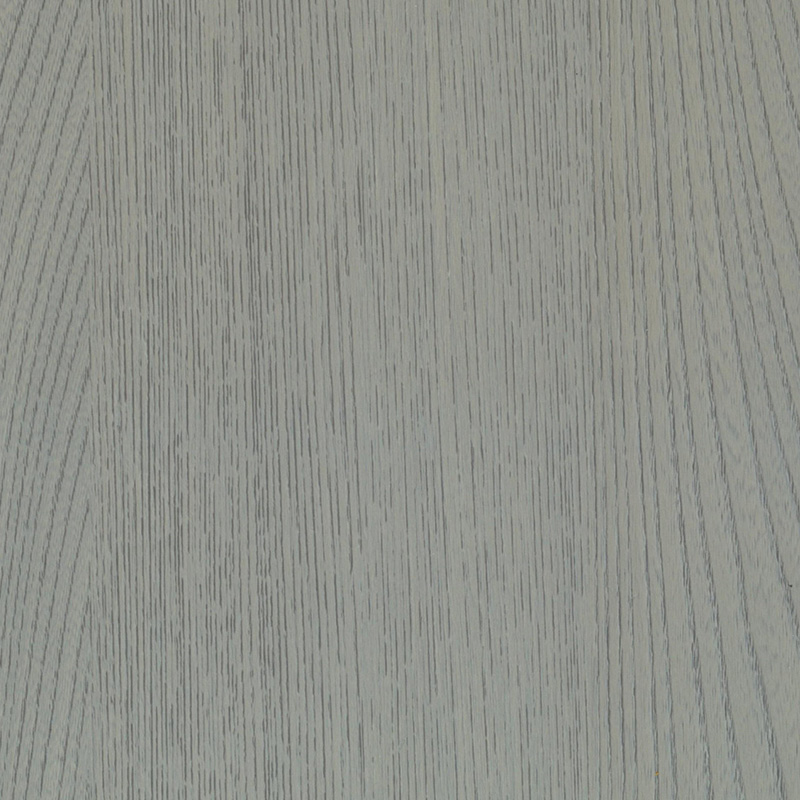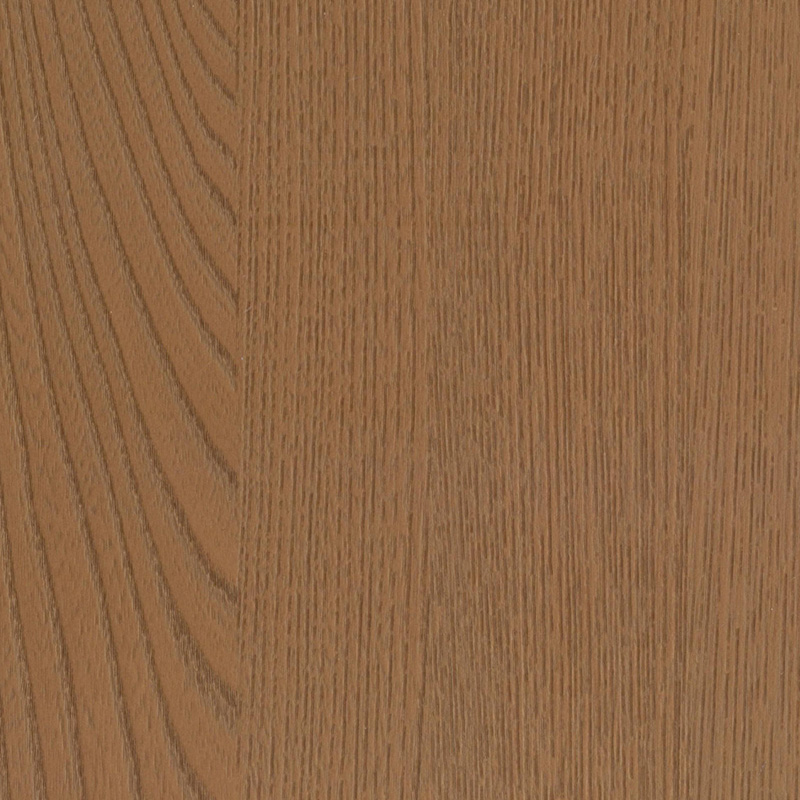PVC Decorative Film Expands Design Possibilities
The market for PVC decorative film is experiencing a notable period of growth, fueled by a wave of technological advancements and evolving consumer preferences. This versatile material, a key component in surface finishing for a multitude of industries, is seeing its applications broaden as manufacturers introduce films with enhanced aesthetics, improved durability, and greater environmental consideration. The ongoing innovation in this sector is making high-quality, decorative surfaces more accessible for both residential and commercial projects.
At its core, PVC decorative film is a laminated material used to cover substrates such as wood, particleboard, or medium-density fiberboard. The primary function of this film is to provide a durable and visually appealing surface without the need for traditional painting or laminating with solid materials. The production process involves printing detailed patterns and textures onto a PVC base, followed by the application of protective wear layers. This method allows for an extensive replication of natural materials, including wood grains, stone textures, and abstract designs, offering significant design flexibility.
Recent developments in the production of PVC decorative film have focused on enhancing its performance characteristics. A significant area of progress is in the formulation of the protective top coat. Newer coatings provide increased resistance to scratches, stains, and the effects of fading from light exposure. This directly translates to surfaces that maintain their appearance over a longer period, even in high-traffic environments, making the material a practical choice for furniture, kitchen cabinets, and retail fixtures.
Another important trend is the expansion of realistic textures. Beyond visual replication, manufacturers are now producing PVC decorative film with embossed surfaces that closely mimic the tactile feel of natural wood grain, brushed metal, or linen. This multi-sensory authenticity is highly valued in interior design, allowing designers to achieve a specific look and feel with a consistent and reliable material. The ability to offer this level of detail makes the film a compelling alternative to more expensive solid materials.
Environmental considerations are also shaping the evolution of PVC decorative film. In response to regulatory and market demands, there is a growing focus on developing products with reduced environmental impact. This includes initiatives to increase the use of recycled content within the film structure and the development of alternative formulations. Furthermore, the role of PVC decorative film in improving material efficiency is recognized, as a single roll can cover a large surface area, often utilizing wood-based panels made from sustainable forestry practices.
The application of PVC decorative film continues to diversify. In the furniture industry, it is used for creating consistent and durable surfaces for tables, shelves, and cabinets. In interior architecture, it is applied to wall panels, doors, and ceiling systems, providing a cohesive design element. The retail and hospitality sectors utilize this material for creating distinctive and resilient interior spaces. Its moisture resistance also makes it a suitable option for applications in bathrooms and kitchens.
The future of PVC decorative film appears closely linked to continuous innovation in digital printing and material science. As printing technologies allow for even more detailed and customizable designs, and as material formulations advance to meet higher environmental and performance standards, the appeal of this versatile product is expected to grow. The ongoing development of PVC decorative film underscores a sustained commitment to providing practical, aesthetically pleasing, and adaptable solutions for modern surface decoration needs.

 English
English русский
русский Español
Español عربى
عربى Deutsch
Deutsch





